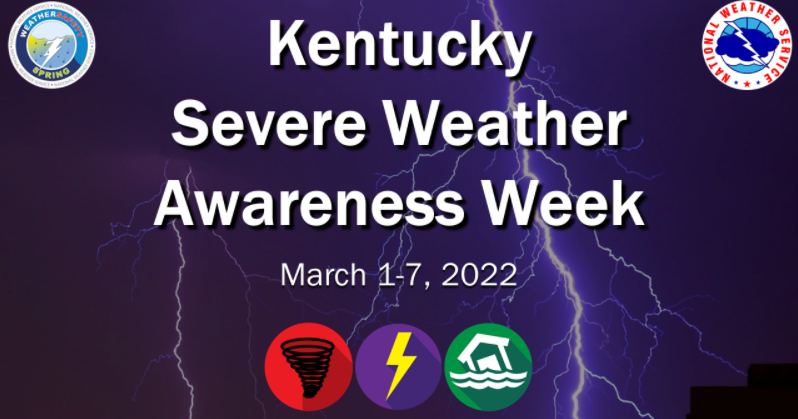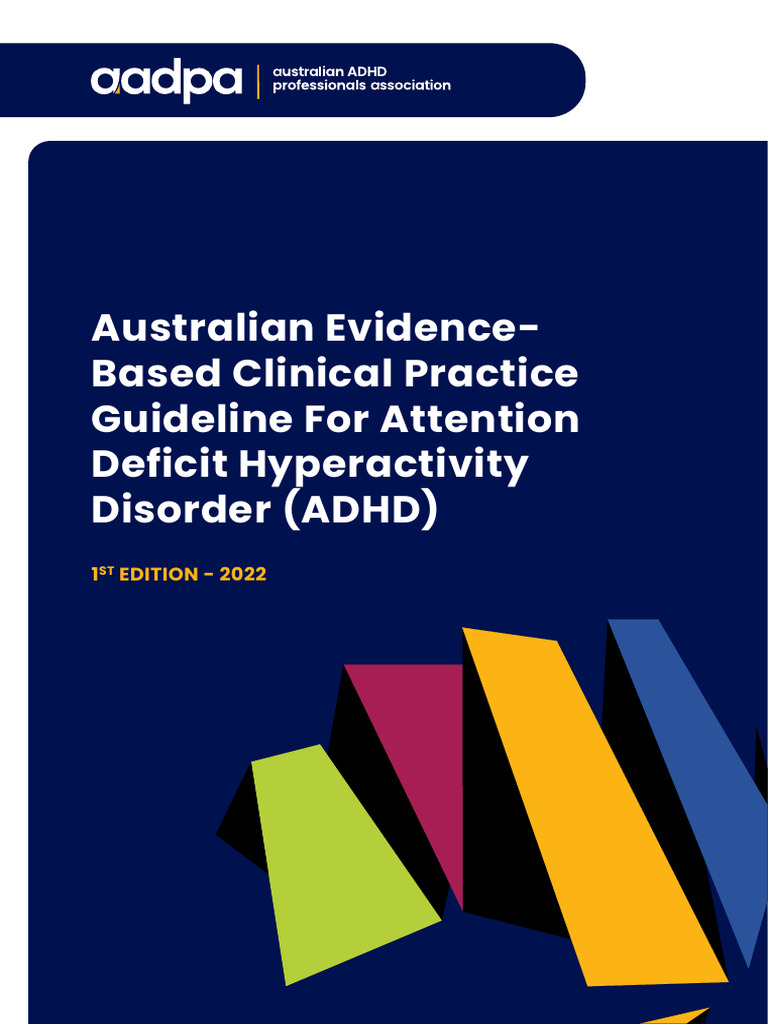Kentucky Severe Weather Awareness Week: NWS Preparedness

Table of Contents
Understanding NWS Alerts and Warnings
The NWS issues different types of alerts to inform the public about impending hazardous weather. It's crucial to understand the difference between these alerts to take appropriate action.
- Watch: A watch means conditions are favorable for severe weather to develop. Stay informed and be prepared to act.
- Warning: A warning means severe weather is happening or imminent. Take immediate action to protect yourself and your family.
- Advisory: An advisory indicates less severe weather conditions that could still cause inconvenience (e.g., dense fog, high winds). Exercise caution.
The NWS disseminates alerts through various channels:
- NOAA Weather Radio All Hazards: This dedicated radio provides continuous weather information and alerts, even during power outages.
- Weather Apps: Numerous weather apps provide real-time alerts, forecasts, and radar imagery. Ensure your location settings are accurate for optimal alerts.
- Mobile Alerts: Wireless Emergency Alerts (WEA) are sent directly to your smartphone, providing immediate notification of imminent threats.
Understanding the specific threat level is paramount. For instance, a Tornado Warning requires immediate action, like seeking shelter, while a Severe Thunderstorm Warning necessitates monitoring conditions and taking precautions.
- Tornado Warning: Seek immediate shelter in a sturdy building's interior, away from windows.
- Flash Flood Warning: Move to higher ground immediately. Avoid flooded areas and flowing water.
- Severe Thunderstorm Warning: Take shelter indoors, away from windows. Avoid outdoor activities.
Developing a Family Emergency Plan
A well-defined family emergency plan is crucial for severe weather preparedness. This plan should include:
- Evacuation Routes: Identify multiple escape routes from your home and workplace, considering potential road closures.
- Meeting Places: Designate a primary and secondary meeting place in case family members are separated during an emergency.
- Communication Strategies: Establish a communication plan, including an out-of-state contact person, to ensure you can reach each other in case of phone service disruptions.
Assembling an emergency kit is another essential step. Your kit should include:
- Water: One gallon per person per day for at least three days.
- Food: Non-perishable, easy-to-prepare food items.
- First-aid Supplies: A well-stocked first-aid kit with essential medications.
- Flashlight and Batteries: Ensure you have ample batteries for all electronic devices.
- Radio (NOAA Weather Radio is ideal): Stay informed about weather updates.
Utilizing NWS Resources for Kentucky
The NWS provides a wealth of information specifically tailored for Kentucky residents. Utilize these valuable resources:
- Local Forecast Offices: Find your nearest NWS forecast office website for hyperlocal forecasts and warnings. (Links to relevant Kentucky NWS offices should be included here)
- Weather Forecasts: Access detailed weather forecasts, including hourly and extended predictions.
- Radar Imagery: Monitor real-time radar imagery to track storm development and movement.
The NOAA Weather Radio All Hazards is an indispensable tool for receiving timely alerts and critical weather information.
Specific Kentucky Weather Hazards & Preparedness
Kentucky faces various severe weather threats:
- Tornadoes: Seek shelter immediately upon hearing a Tornado Warning. Basements offer the best protection; if a basement is unavailable, move to an interior room on the lowest level, away from windows.
- Floods: Avoid flooded areas; never drive through floodwaters. Monitor river levels and be aware of flash flood potential.
- Severe Thunderstorms: These can produce damaging winds, hail, and torrential rain. Seek shelter indoors during a Severe Thunderstorm Warning.
- Winter Storms: Prepare for power outages and hazardous travel conditions. Have extra food, water, and blankets readily available.
Remember that vulnerability varies across Kentucky. Western Kentucky, for instance, is more prone to tornadoes, while eastern Kentucky might experience more significant flooding events.
Conclusion: Stay Prepared for Kentucky Severe Weather
Kentucky Severe Weather Awareness Week is a crucial time to review and reinforce your severe weather preparedness plan. Utilizing NWS resources, understanding alert systems, and developing a comprehensive family emergency plan are essential for safeguarding your family and community. Share this information with your friends, neighbors, and family, ensuring everyone is prepared. Learn more about Kentucky Severe Weather Awareness Week and improve your NWS-informed preparedness today by visiting the NWS website and creating a comprehensive severe weather preparedness plan. Don't wait; prepare for Kentucky's severe weather today!

Featured Posts
-
 Diagnosed With Adult Adhd A Practical Guide To Next Steps
Apr 29, 2025
Diagnosed With Adult Adhd A Practical Guide To Next Steps
Apr 29, 2025 -
 Canoe Awakening A Celebration Hosted By The Culture Department
Apr 29, 2025
Canoe Awakening A Celebration Hosted By The Culture Department
Apr 29, 2025 -
 Mlb Considering Petition To Reinstate Pete Rose A Report
Apr 29, 2025
Mlb Considering Petition To Reinstate Pete Rose A Report
Apr 29, 2025 -
 Deutsche Teams In Der Champions League Rivalitaeten Und Erfolge
Apr 29, 2025
Deutsche Teams In Der Champions League Rivalitaeten Und Erfolge
Apr 29, 2025 -
 Is Kuxius Solid State Power Bank Worth The Higher Price A Detailed Review
Apr 29, 2025
Is Kuxius Solid State Power Bank Worth The Higher Price A Detailed Review
Apr 29, 2025
 50 Godini Praznuva Lyubimetst Na Milioni
50 Godini Praznuva Lyubimetst Na Milioni
